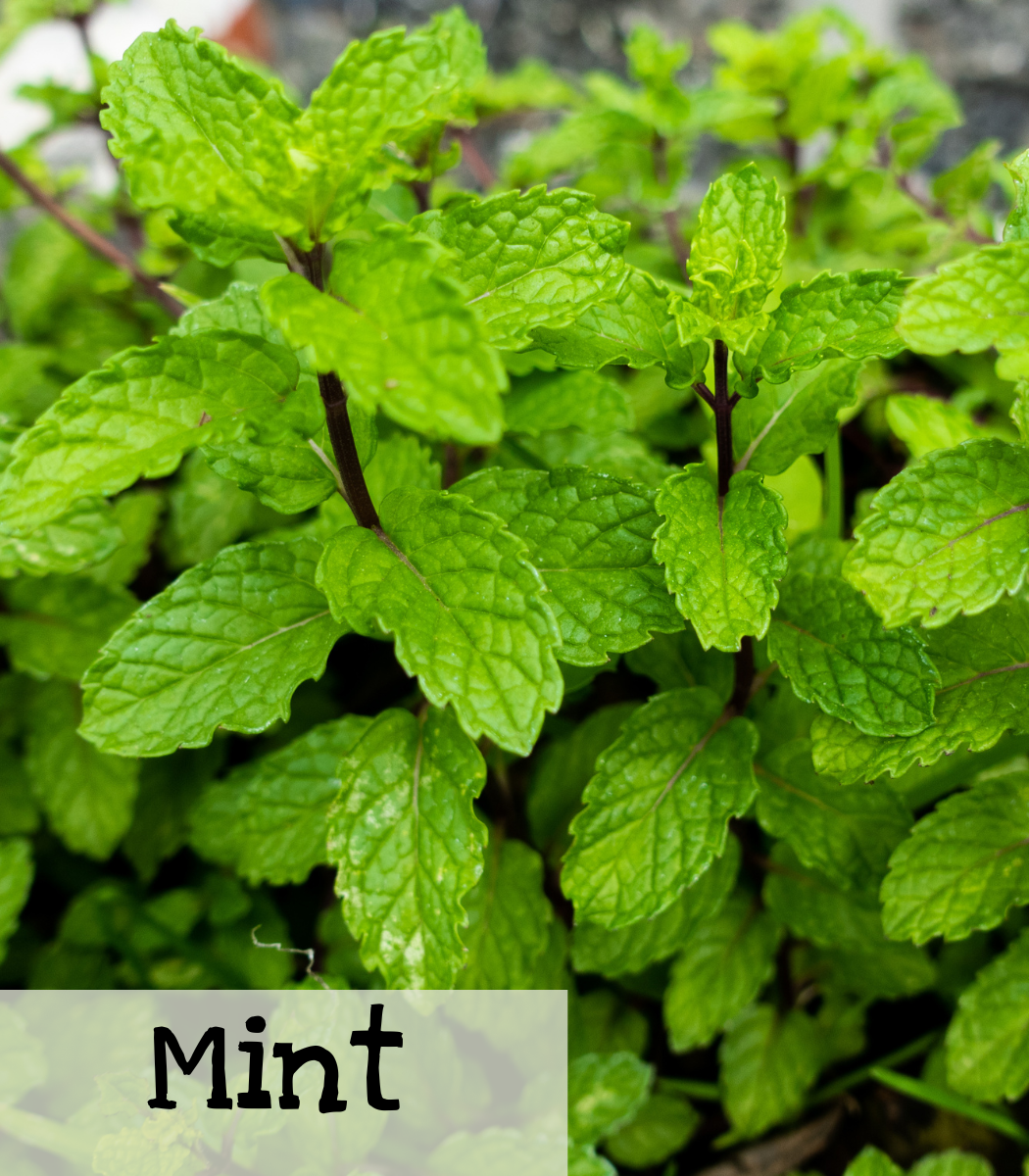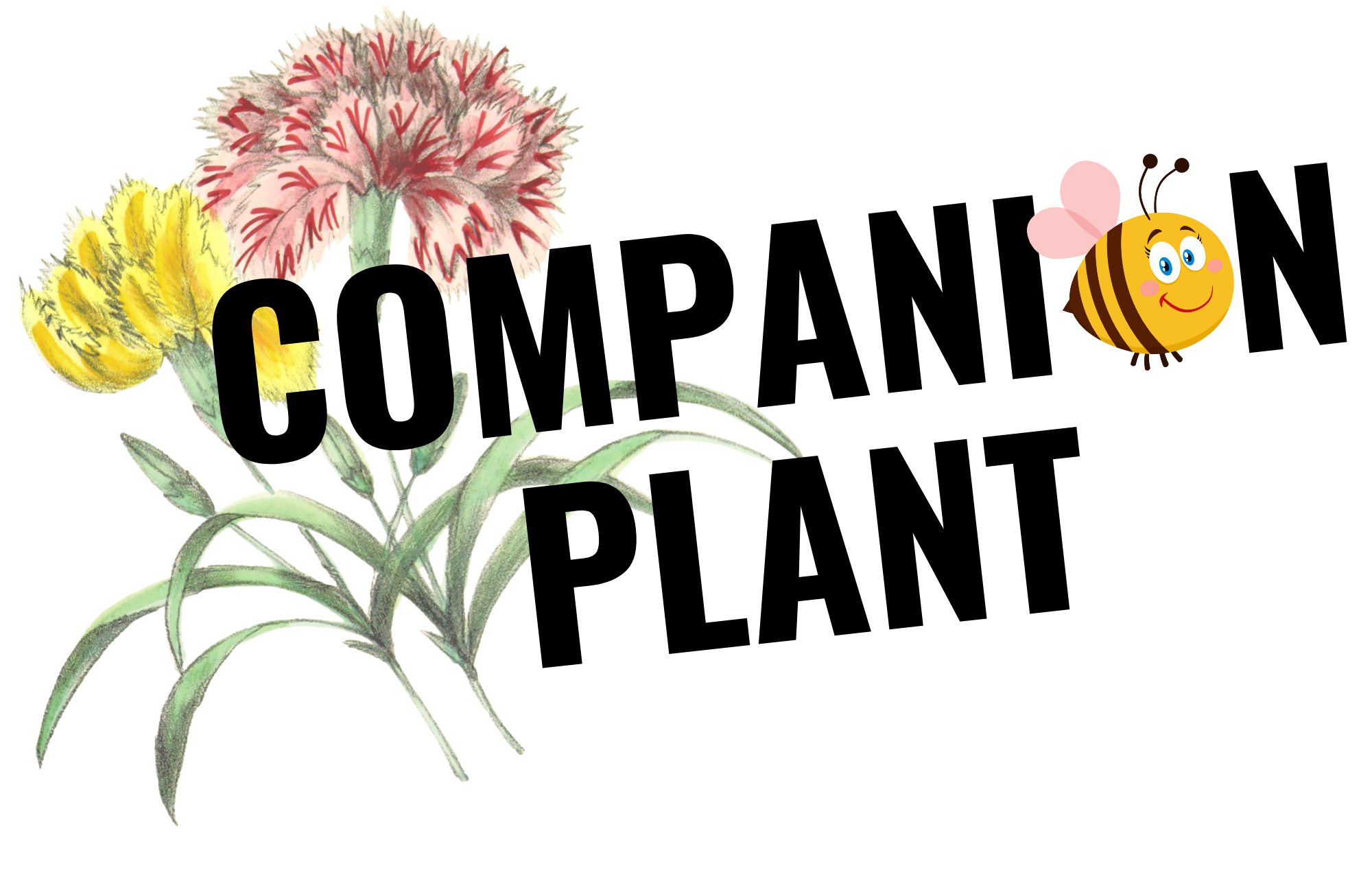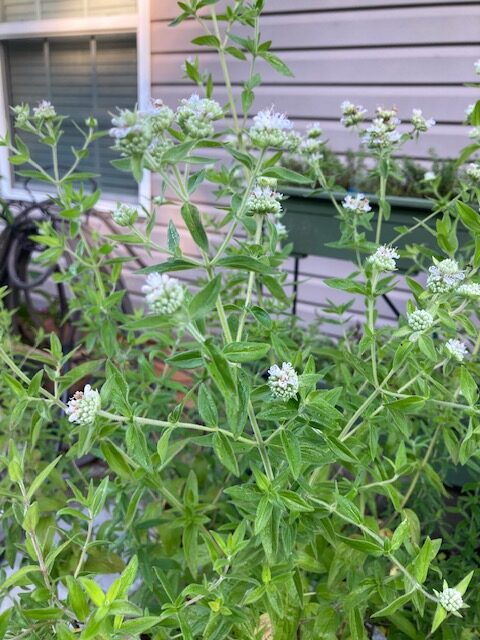
Mint
Commonly called, American Mountain Mint or Hairy Mountain Mint, this variety is native to the Eastern and Central parts of the United States. It also makes a great companion plant as it attracts and supports many pollinators and beneficial predators, like parasitic wasps, that will in turn help control pests!
While not native to the U. S., spearmint is named for it’s pointed spear-shaped leaves. It is an excellent culinary herb and has traditionally been used medicinally.
|
Mountain; Spearmint |
|
Mountain: Pycnanthemum pilosum Spearmint: Mentha spicata (Spearmint) |
|
Easy |
|
Easy |
|
4 years if properly stored |
|
Perennial |
|
7-14 days |
|
None |
|
Surface Sow |
|
Yes |
|
Mountain: 1-3′ Spearmint: 18-24” |
|
Seeds need light to germinate Full sun to part shade |
|
July-September |
|
February and March |
|
Yes |

Growing Tips



Mountain Mint is Native to the Central and Eastern US

When to Start
Spring: Start indoors 8-10 weeks before the last frost date. (February-March for GA)
Transplant: After all danger of frost has passed. (May 1 for Jefferson, GA)
Direct sow: Wait until soil temperatures have warmed up to around 70 F as this is the ideal germination temperature. (Mid-May for GA.)
How to Grow
Start indoors 8-10 weeks before the last frost date. (February-March for GA) Gently press the seeds into the seed starting mix as the seeds need light for germination. A heat mat may be beneficial as the seeds germinate best at soil temperatures of 70 F. Place the seed cells under grow lights. Keep the soil moist but not soggy. Transplant into full-sun to part-shade beds with well-draining soil after all danger of frost has passed. Mountain mint will bloom better if planted in full-sun beds. Most mint, like spearmint, benefits from afternoon shade. Space mint 12” apart.
Care
Mint is an aggressive spreader. To control the spread and prevent it from taking over, it is strongly recommended to grow mint in a container. This variety of mountain mint (Pycnanthemum pilosum) is a clumping variety, while spearmint spreads by runners (rhizomes).
Clumping varieties are considered more “well-behaved” than spreading varieties. Even with clumping varieties, it is still beneficial to plan for containment by either cutting back the roots in spring or by planting the seedling in a container. Mint likes moist but not soggy soil. While mountain mint is drought-tolerant, keeping the soil moist will help the plant thrive. To create a more bushy plant, pinch back the tops.
While mountain mint flowers best in full sun, in areas that have hot summers, afternoon shade would still be advantageous. Many other varieties of mint will peter out during the hot summer months coming back in the spring. Afternoon shade is needed to prolong the harvest time for most other varieties of mint.
All mint may need to be divided every few years to keep the plants healthy.
Harvest
Harvest leaves in the morning for peak flavor throughout the growing season. Leaves can be dried for later uses as tea or potpourri. Dried flowers can be used in flower arrangements.
How to use
Mint is often paired with lamb. It can be added to salads or combined with basil pesto. Use as a garnish on parfaits, fruit, and yogurt, or combine in smoothies. It makes also refreshing hot and iced tea. Drink plain or mix with sugar and black tea.
Add 1-2 sprigs to 1-2 cups of boiling water. Adjust amount for strength. Different varieties of mint have different nuances of flavor and strength. Steep to desired strength and strain out leaves. Try adding a little sugar for sweetness. Steep with black tea and chill for refreshing iced tea! Mix it up by steeping it with sage to make a refreshing sweet tea with a twist! Recipe below.
My personal experience
I love fresh mint! It smells nice and it makes the best mint, sage tea! I found Mountain mint a bit of a challenge to start from seed. It was slow to germinate for me. And germination was spotty.
However, after it germinated it was very easy to grow!
I transplanted it into a very large pot. It took over that pot very quickly. The early cuttings of the mint were very mild in flavor. As the season progressed, the flavor become stronger.
As its in a pot, I water it every morning. It’s now about 2 1/2 feet high. I love the fact that this mint doesn’t peter out in the heat of summer. I can continue to harvest thought out the growing season. It’s doing well even in the record summer temperatures we’re experiencing.

Seed Saving

Isolation Distance
Insect dependent for pollination. Isolate by 1/2 mile.
Instructions
Mint is more often propagated by cuttings. But you can save seeds by following these steps.
Select healthy, robust plants free of any signs of disease or insect infestation for seeds. Seeds carry the traits of the parent plant. Choose plants that exhibit the traits you wish to preserve. Consider bloom size, color, and shape, as well as blooming time.
Allow the biggest and healthiest blooms to mature on the plant. Cover the seed head with a fine-mesh bag. Use an elastic band to hold the bag in place. This prevents seeds from spilling onto the soil before harvest.
Cut the flower stocks when the seeds are mature. Mature seeds have formed when the flower heads are completely dry and brown. Place in a cool dry place and allow to fully dry. This could take 1-2 weeks.
Shake the seeds into the fine mesh bag. Separate the chaff from the seeds and store in a cool, dry place.
Features
- Container Friendly
- Attracts pollinators
- Companion plant
- Fragrant
- Culinary
- Drought tolerant
- Low maintenance
- Deer resistant (Mountain Mint)
- Mountain: Native plant (Eastern/Central US). Heirloom. Good for sauces, drinks, and tea. Blooms throughout the summer and doesn’t peter out in the heat like other mints.
- Spearmint: Good for sauces, drinks, tea, and flavoring vegetables and lamb.

Refreshing Mint, Sage Tea
- 4-6 sprigs of mint leaves
- 2-3 sprigs of common sage leaves
- Sugar to taste (1/2 to 1 c)
- 1 gallon of water divided
Wash the mint and common sage leaves. Place in a four-cup measuring cup. Pour 4 cups of boiling water over the mint and sage leaves and let steep for 10-20 minutes or until it reaches the desired strength. Remove the mint and sage. Pour the hot tea into a pitcher. Add sugar to taste and stir until dissolved. Add the remaining cold water. Chill and serve cold.
Sources:
Missouribotanicalgarden.org
Edgeofthewoodsnursery.com
The New York Botanical Garden, Herbal Handbook, Clarkson Potter.
